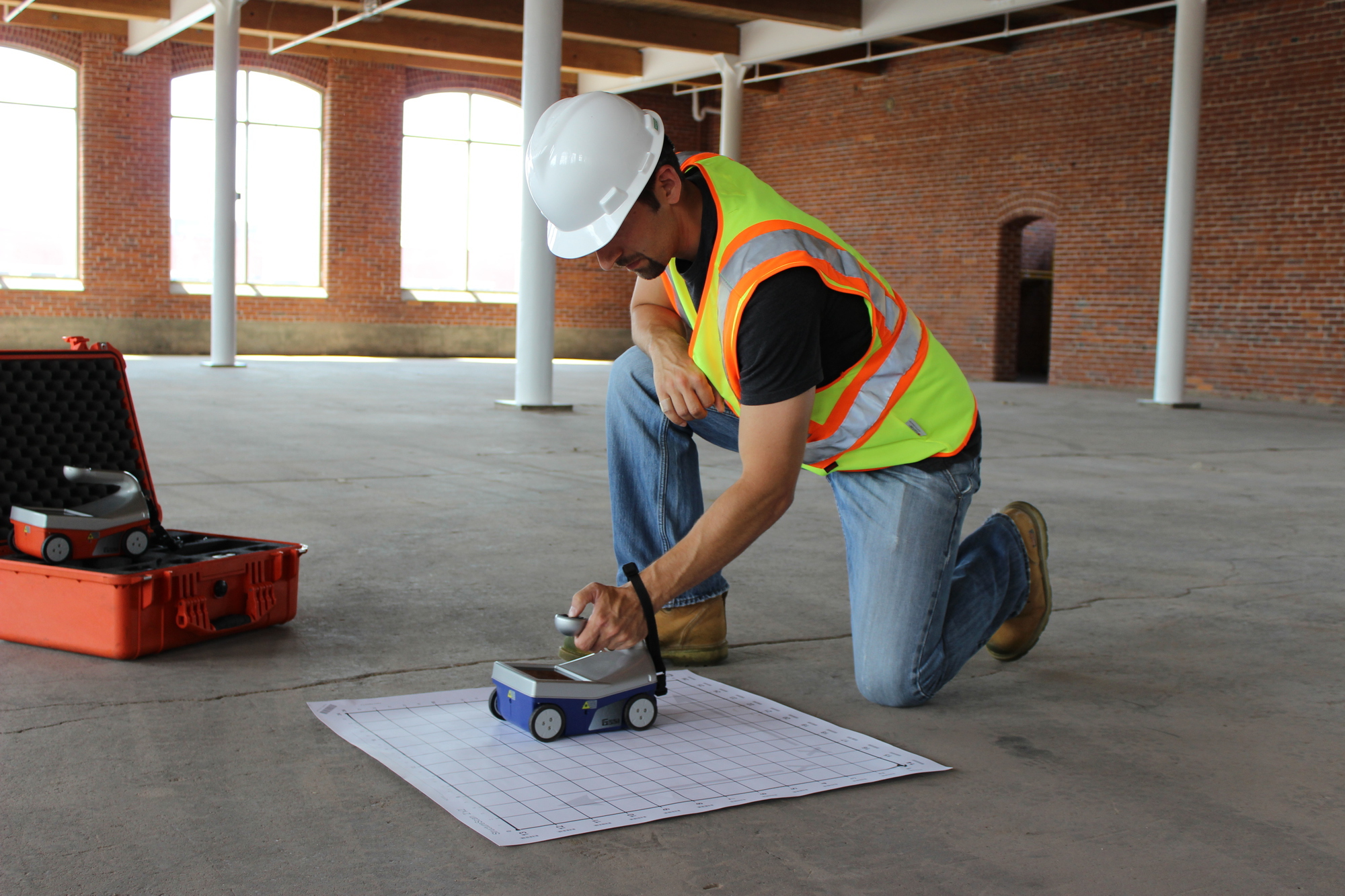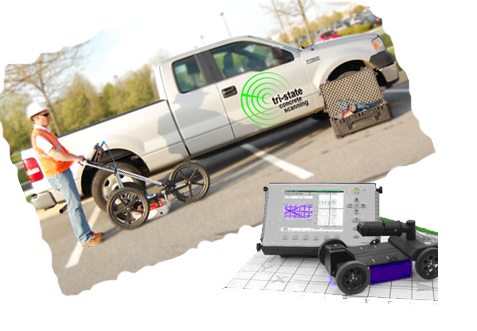RainierGPR Service Areas: Comprehensive Insurance Coverage for Concrete Scanning
RainierGPR Service Areas: Comprehensive Insurance Coverage for Concrete Scanning
Blog Article
Enhancing Task Preparation and Implementation Through Advanced Concrete Scanning Strategies
In the realm of job preparation and accuracy, insight and execution are important aspects that can make the distinction between success and problems. Advanced concrete scanning strategies have arised as an innovative tool set to raise the criteria of job management within the building market.
Benefits of Advanced Concrete Scanning Methods

Improved Accuracy in Task Assessments
Enhancing task evaluations via innovative concrete scanning strategies dramatically improves the precision and reliability of building and construction analyses. By utilizing innovative scanning innovations such as ground-penetrating radar (GPR) and 3D imaging, project groups can now get in-depth insights right into the problem of concrete structures, recognizing prospective defects or weak points that may not be noticeable to the naked eye. This boosted level of precision in job assessments allows construction professionals to make even more informed choices regarding fixing and maintenance approaches, resulting in improved general project results.
In addition, the enhanced precision in project evaluations achieved with innovative concrete scanning techniques aids in minimizing the danger of unpredicted concerns throughout the construction phase. By proactively detecting concealed abnormalities within concrete structures, such as rebar rust or voids, project teams can attend to these concerns at an early stage, preventing expensive delays and revamp later on in the job lifecycle. Ultimately, the boosted accuracy in task evaluations facilitated by advanced concrete scanning methods adds to better effectiveness, cost-effectiveness, and top quality in construction jobs.
Early Recognition of Architectural Obstacles
Very early detection of structural obstacles plays an important duty in making certain the integrity and safety of concrete structures throughout the building procedure. Determining prospective problems at an onset permits timely intervention, avoiding expensive rework, routine delays, and safety risks. Advanced concrete scanning methods, such as ground-penetrating radar (GPR) and 3D imaging, make it possible for task groups to discover covert problems, voids, reinforcement layout discrepancies, and other abnormalities that can endanger the structure's stability.
By implementing these techniques throughout the planning and execution stages, building and construction professionals can proactively address architectural obstacles prior to they escalate right into significant troubles. For example, spotting poor concrete cover over reinforcement bars early on can stop corrosion navigate to this website and architectural weakening in the lengthy run - RainierGPR Service Areas. Furthermore, recognizing variants in concrete density or thickness can assist enhance material usage and guarantee uniform strength residential properties throughout the structure
Eventually, very early recognition of structural challenges through sophisticated concrete scanning not just enhances the total high quality and durability of the construction yet also adds to a safer built setting for users and passengers.
Boosted Security Steps in Construction
The application of robust safety methods is necessary in the building sector to minimize risks and secure the well-being of stakeholders and workers. To improve safety and security measures, building and construction look here firms are increasingly taking on technological innovations such as wearable devices that check workers' important signs and find potential health concerns in real-time. By focusing on safety and security with the unification of sophisticated innovations and detailed training programs, construction projects can dramatically decrease accidents and create a safe and secure working environment for all included.
Streamlining Job Monitoring Processes
To optimize operational performance and ensure task success in the construction industry, a concentrate on streamlining project monitoring processes is important. By executing reliable task management processes, construction tasks can reduce hold-ups, minimize expenses, and boost total performance. One essential facet of simplifying job management is the usage of advanced technologies such as Structure Information Modeling (BIM) software program, which enables real-time partnership, clash discovery, and accurate task organizing. Additionally, the fostering of cloud-based project management platforms enables seamless communication among staff member, immediate access to job data, and the capability to track progress in real-time.

Verdict
Finally, the use of innovative concrete scanning strategies offers numerous benefits for task planning and execution. These strategies give improved precision in project evaluations, very early identification of structural challenges, enhanced safety and security procedures in construction, and structured task administration procedures. Incorporating these methods into job workflows can eventually cause extra effective and effective end results in building you can try this out projects.
Eventually, the improved accuracy in task assessments assisted in by advanced concrete scanning strategies adds to greater efficiency, cost-effectiveness, and top quality in construction projects. RainierGPR Service Areas.
To optimize operational effectiveness and make certain job success in the building and construction market, a focus on simplifying project administration processes is important. By implementing reliable project administration procedures, construction tasks can minimize delays, lower costs, and improve total productivity. By simplifying project management processes via technology assimilation, clear communication, and data-driven strategies, building and construction projects can achieve greater efficiency, cost-effectiveness, and effective end results.
These methods give enhanced precision in job analyses, very early recognition of structural obstacles, enhanced safety and security procedures in building, and structured job monitoring procedures.
Report this page